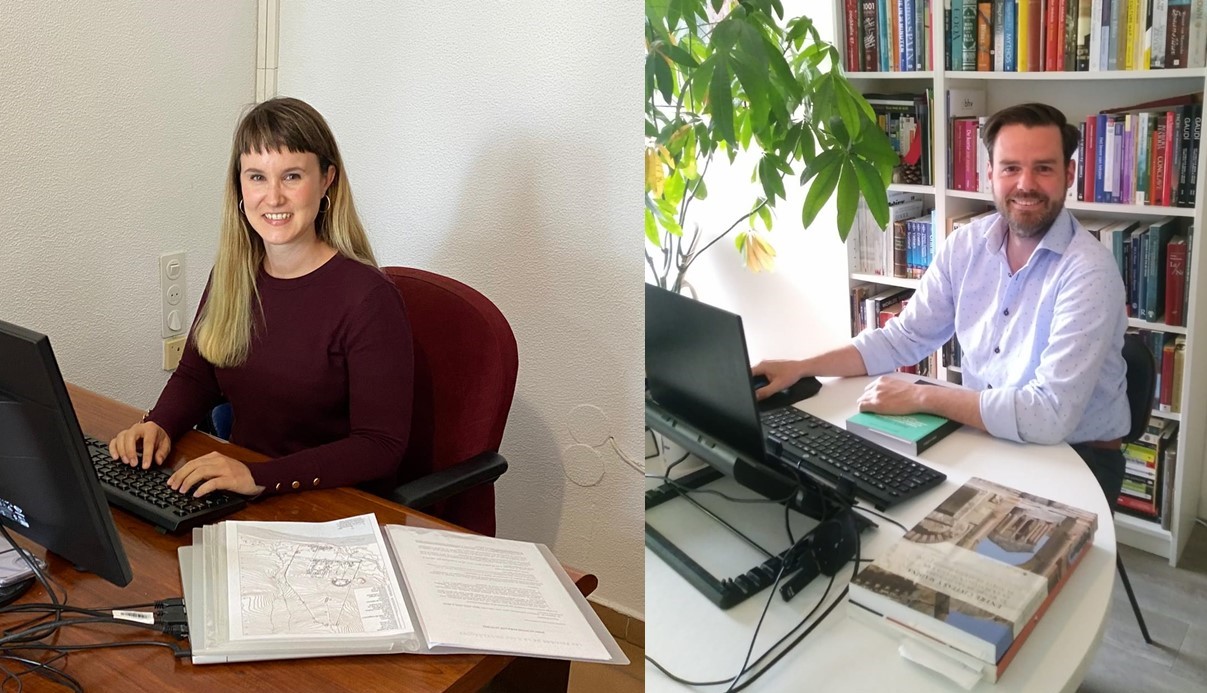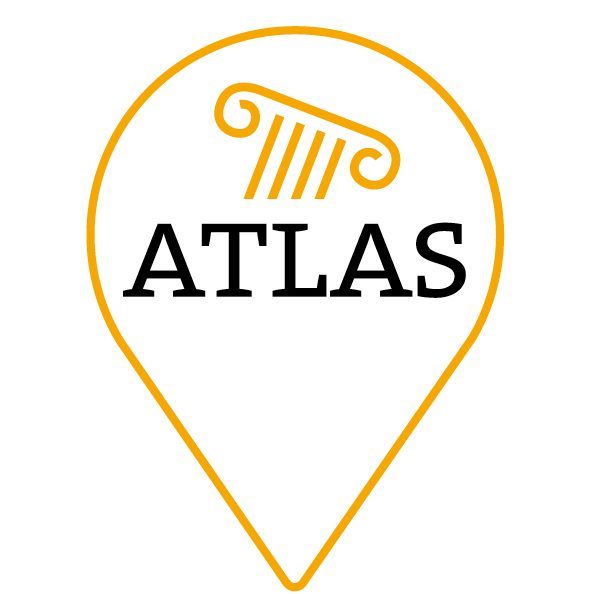On April 16th the ANR-DFG project ATLAS started with the first meeting to kick-off the project. This first meeting was in a small group and, as has become standard at these times, digital. We had three homeworkers joining in: Sabine Panzram joining from Hamburg, Laurent Brassous from La Rochelle and Pieter Houten from Utrecht. Ada Lasheras joined in from her new workplace: Casa de Velázquez in Madrid. The three home workers were a bit envious, as we had planned to do the first meeting at the Casa de Velázquez. We had hoped to start the project with a meeting including the whole team of almost thirty researchers. However, as we are quite an international team, mostly coming from France, Germany, Spain and Tunisia, we will have to wait before we can gather all in one place. Fingers crossed that we will meet soon!

The very international set-up brings another challenge with it: what language to speak. To be as inclusive as possible we are a multilingual project, being Spanish, French and English the main languages. This way we hope to be able to communicate with as many people as possible in our research areas. Our website and blogs will be in these three languages. On how multilingual communication works within the team we might dedicate another blog…
Back to our first digital meeting, after the introductions we discussed the first steps of our project. We started with a taster of the intuitive and very promising WebGIS interface. As the full title of the project already implies, in the next few years we will investigate the urbanism of Late Antique cities from the southern Iberian Peninsula (mostly from the ancient Baetica province) and North Africa(Africa Proconsularis). To be precise, we will look at ten cities, five in each region, as case studies. The WebGIS allows us to collect and analyse the archaeological, literary and epigraphic data for each of our ten case study cities (see map). In the next three years we will start working on these case studies one by one. During the meeting, we have decided to start with Baelo Claudia as the first case study. If you know about recent publications on Late Antique Bolonia we should not miss, let us know!

One of our goals is bringing together the most relevant publications of each of the case studies and for the study of Late Antique urbanism in general. With the open access principle in mind, we are using the reference manager Zotero to bring together the bibliography. After the project, we will publish our Zotero bibliography with the most relevant references online. Using this open source programme we aim at providing you with all the needed material to advance the study of ‘our’ Late Antique cities.
The first steps have been made; our research is slowly taking shape online. As we want to keep up the spirit and hope to combine the digital with the analogue, we aim at a meeting in La Rochelle to get formal training for the WebGIS. We hope that the situation clears soon and permits an analogue meeting at our Atlantic coastal seat at La Rochelle.
We hope you enjoyed the first blog of our project. Next month we will introduce the team with a bit more detail. Our goal is to write a short blog each month. If you think we should address something about our research, let us know! Stay tuned for further news, information about the research questions we tackle, events we are organising and the challenges and fun of our project!
